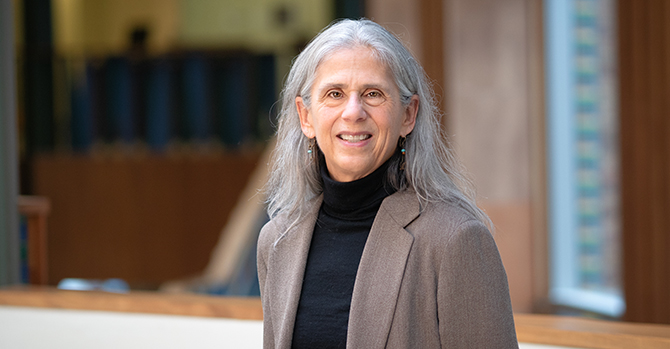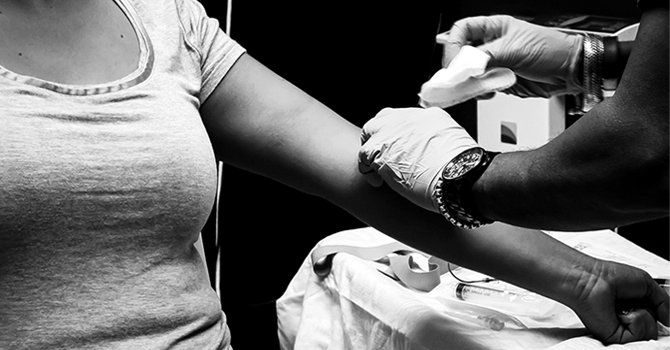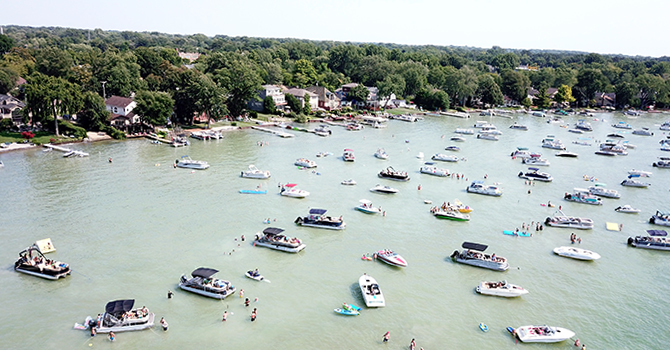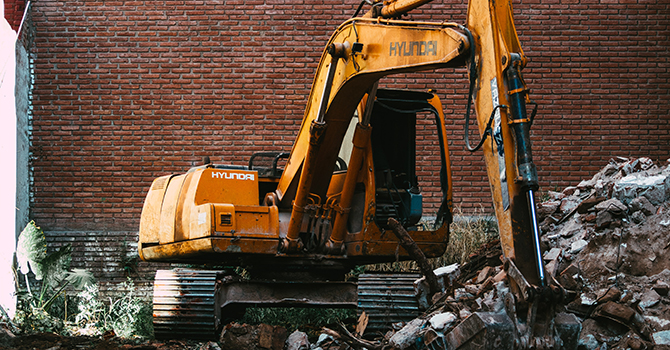
Amy Schulz Awarded University Diversity and Social Transformation Professorship
Amy Schulz, professor of Health Behavior and Health Education at the University of Michigan School of Public Health, was among four University of Michigan faculty members to be awarded a University Diversity and Social Transformation Professorship, effective August 31, 2020.





